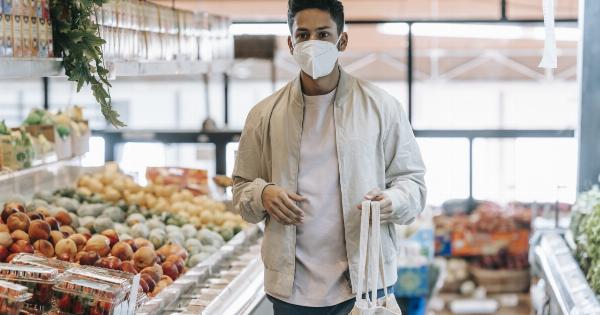For some, the kitchen is the heart of the home. It’s where families gather to eat, talk, and connect. But it’s also a place where danger can lurk.
Every year, thousands of people are sickened, injured, or killed by foodborne illnesses or accidents in the kitchen. In this article, we’ll look at three common foods that can pose a threat if not handled or prepared properly.
Raw Chicken
Raw chicken is a favorite breeding ground for bacteria, such as salmonella and campylobacter. These bacteria can cause food poisoning, which can range from mild to severe. Common symptoms include diarrhea, vomiting, and fever.
To avoid getting sick from raw chicken, it’s important to handle it carefully. Always wash your hands before and after handling raw chicken.
Use separate cutting boards, utensils, and containers for raw chicken and other foods to avoid cross-contamination. Cook chicken to an internal temperature of at least 165°F (74°C) to kill any harmful bacteria.
Raw Eggs
Raw eggs are another common source of foodborne illness. Like raw chicken, they can contain salmonella bacteria. Symptoms of salmonella poisoning can include diarrhea, fever, and abdominal cramps.
If you want to use raw eggs in a recipe, it’s important to handle them carefully. Always wash your hands before and after handling raw eggs.
Don’t use eggs with cracked shells, and be sure to separate the yolks from the whites carefully to avoid any contact with the shell. Cook eggs until the yolks and whites are firm to kill any harmful bacteria.
Unpasteurized Milk and Cheese
Many people believe that raw milk and cheese are more nutritious than their pasteurized counterparts. However, raw dairy products can also contain harmful bacteria, such as listeria and E. coli.
These bacteria can cause serious illnesses, including meningitis and kidney failure.
The best way to protect yourself from these dangers is to stick with pasteurized milk and cheese. Pasteurization is a process that uses heat to kill harmful bacteria.
If you choose to consume raw milk or cheese, be sure to get it from a reputable source and follow strict hygiene practices when handling it.
In Conclusion
While the kitchen can be a wonderful place to prepare healthy, delicious meals, it’s also important to be aware of the potential dangers.
By following simple food safety guidelines, such as washing your hands and using separate cutting boards, you can help ensure that your kitchen is a safe place to cook and eat. By being aware of the potential dangers of these three common foods, you can take steps to protect yourself and your family from harm.





























